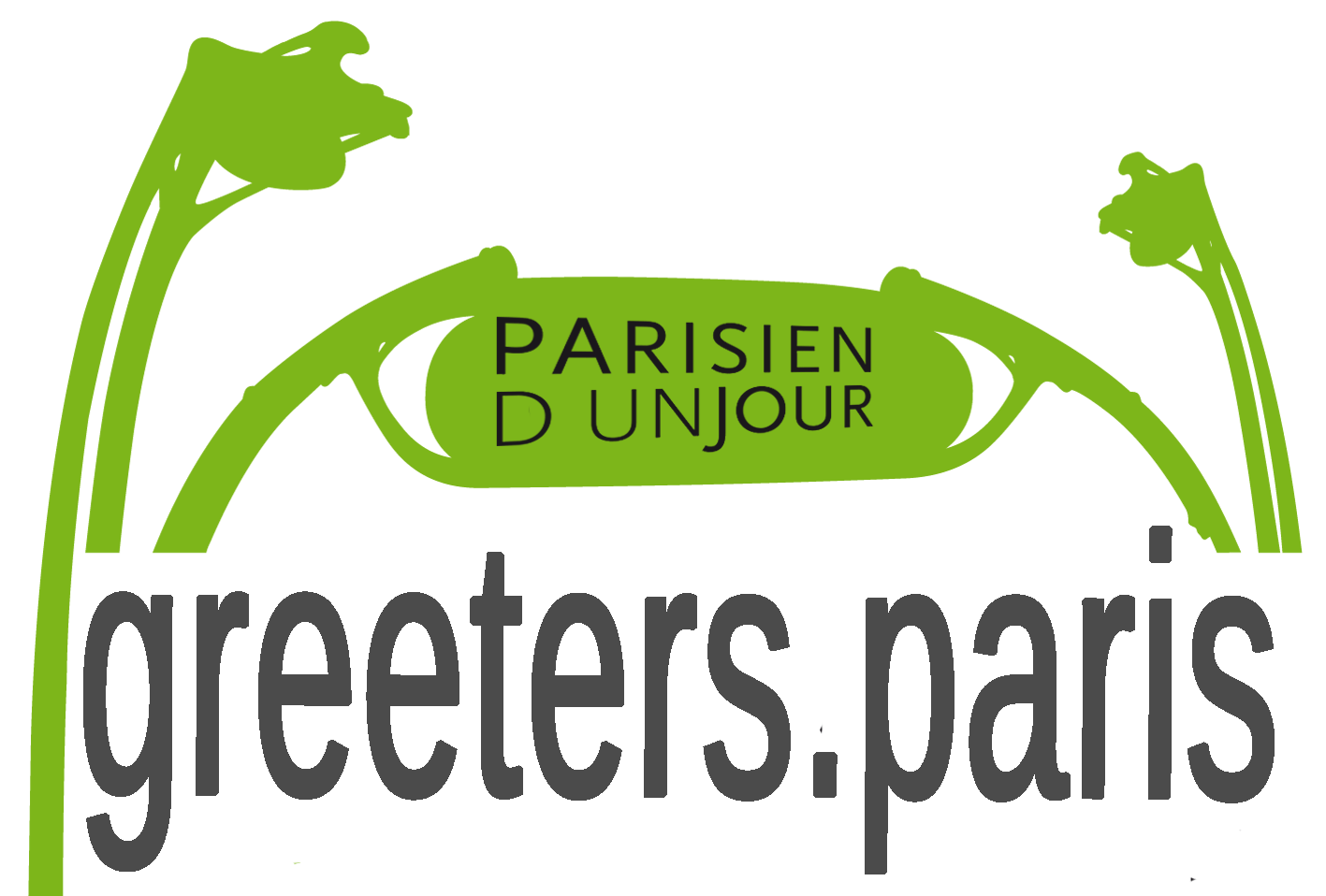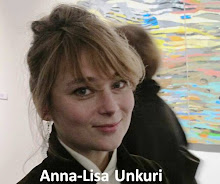I have already at a few occasions (I refer e.g. to my post about Gare du Nord) talked about the circular railroad, “La Petite Ceinture” (The Small Belt), created during the latter half of the 19th century, just inside the then relatively new Thiers Wall (see previous post) which surrounded the city still for a few decades. This was before the opening of the metro and there was a need to connect especially the more important railway stations.
With the time, now and then, I may bring you on a complete tour of the “La Petite Ceinture”, progressing slowly; although it’s basically not more in operation since the 30’s, the traces are there, parts of the rail tracks are still used for the rapid metro lines (RER) and some stations are still in use, sometimes as shops, sometimes as restaurants .... sometimes as metro stations.

Today I would like to take you along for a little part of the “Ceinture”, the Boulevard Péreire. It has got its name from the brothers Péreire, of Portuguese origin (Pereira), financiers involved in banking, steamship lines, insurance, newspapers... railways and the local transport systems. They owned the railway line which used to pass here.
You can follow the boulevard from Porte Maillot, its large hotels, congress building, restaurants....
In the beginning, the space between the buildings on both sides of the boulevard is today covered by a park with a still working quick metro line (RER) below. (See top picture. Some of these photos were taken last year – under the sun, absent during my walk this week.)

On our way, we will cross Place du Maréchal Juin and pass by the station Courcelles-Levallois (covered by tennis courts). As from here the metro takes another direction and the old “Petite Ceinture” rail tracks, not used any more, become visible (see the pictures with the plan above) although largely hidden by growing trees. We will cross Place Wagram and end up close to the tracks that lead to Gare Saint Lazare.
On both sides of the boulevard most of the buildings are from around the shift of the 19th and 20th centuries. Most of them can be described as of high standard.
Many of the buildings have artist studios on the top; I guess that few artists today can afford to live here.

I wish you all a nice weekend!

































































